Medical devices
search
news
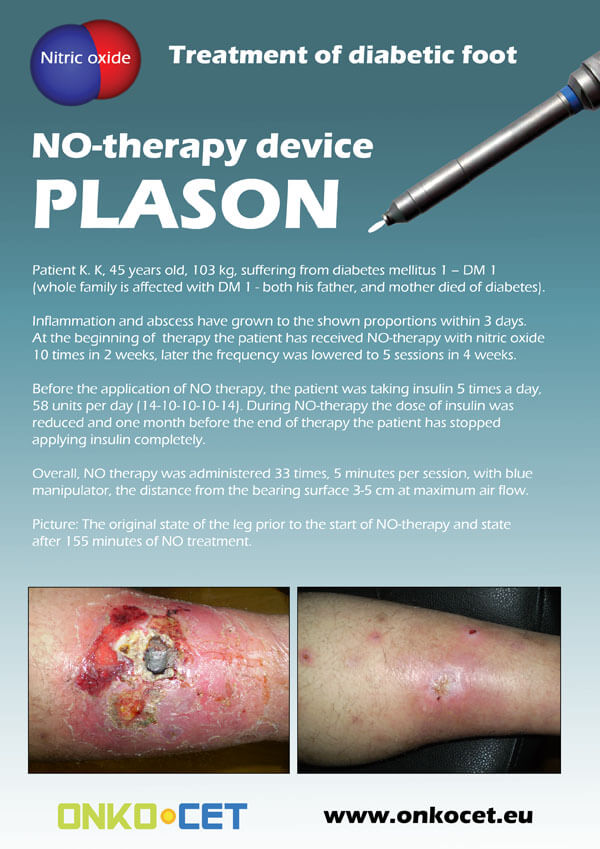
The PDF with the short report with pictures from the therapy of a diabetic foot can be viewed or downloaded here.
The pictures from the treatment of unhealing wounds an be found here:
http://www.onkocet.eu/en/produkty-detail/220/1/
The pictures from the treatment of unhealing wounds an be found here:
http://www.onkocet.eu/en/produkty-detail/293/1/
ONKOCET Ltd. has exhibited the devices from its portfolio on the MEDTEC UK exhibition in Birmingham, April 2011 through our partner Medical & Partners.
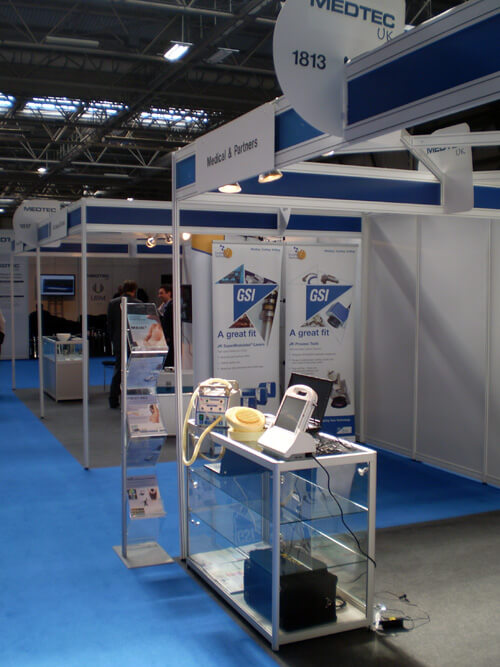
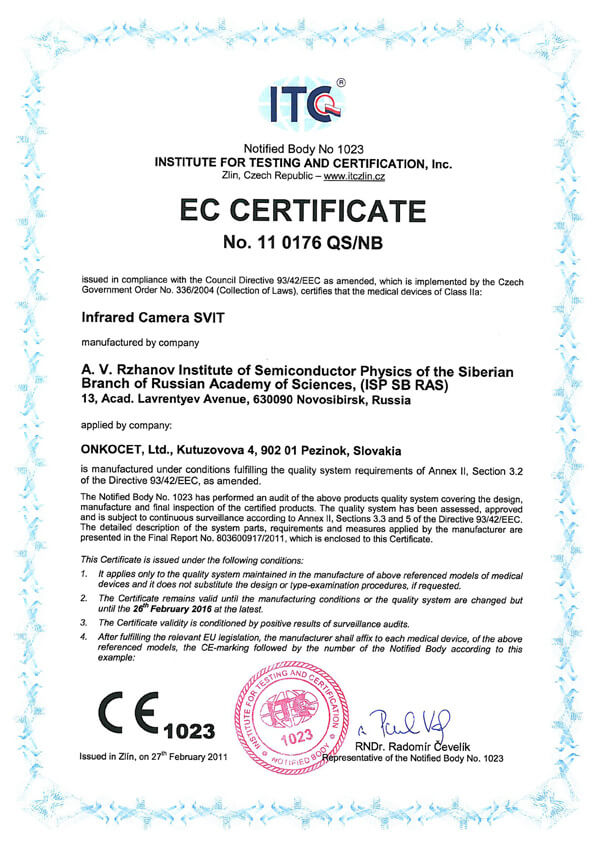 The ONKOCET company has successfully reached the certification of yet another medical device, Infrared Camera SVIT. The Certificate can be found here. The videos from the device operation can be found here.
The ONKOCET company has successfully reached the certification of yet another medical device, Infrared Camera SVIT. The Certificate can be found here. The videos from the device operation can be found here.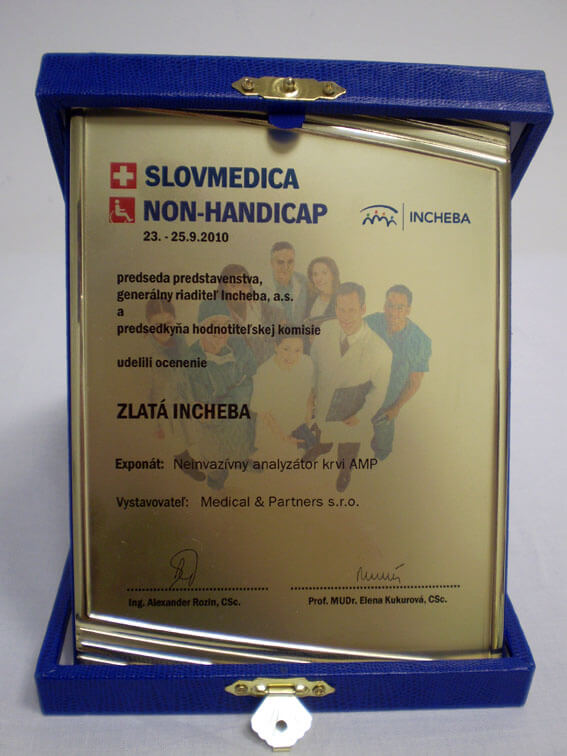 Our device, the non-invasive blood analyzer AMP has won the Golden Incheba prize at a medical exhibition SLOVMEDICA - NON-HANDICAP 2010. A big thank you goes to the organizers of the exhibition for acknowledging the quality of our device and to the exhibitor, the Medical & Partners company, for introduction of the AMP device to the medical public again.
Our device, the non-invasive blood analyzer AMP has won the Golden Incheba prize at a medical exhibition SLOVMEDICA - NON-HANDICAP 2010. A big thank you goes to the organizers of the exhibition for acknowledging the quality of our device and to the exhibitor, the Medical & Partners company, for introduction of the AMP device to the medical public again.We are pleased to inform our business partners, that our company has succesfully finished the certification process of Concor Soft Contact Lenses.
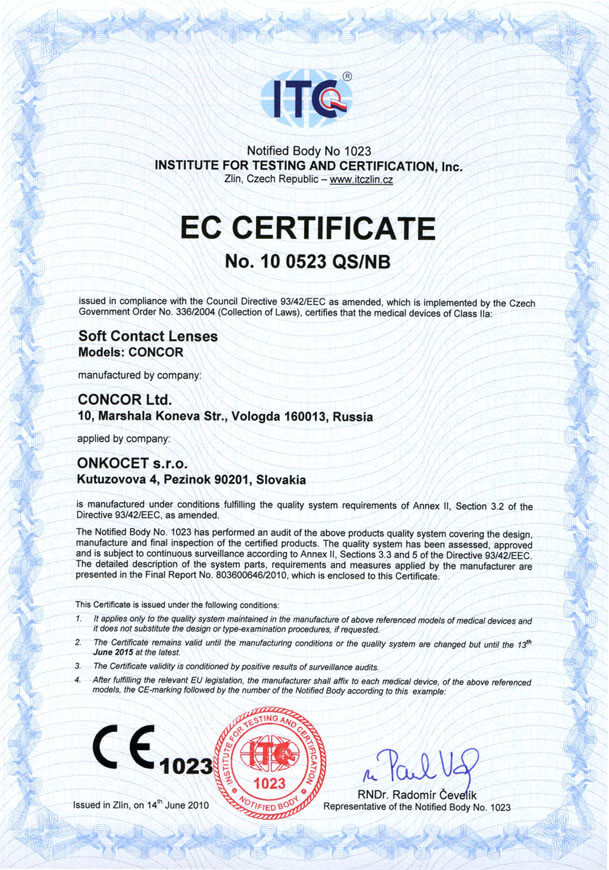 You can find the certificate here.
You can find the certificate here.More information on Concor Soft Contact Lenses go to section Medical preparations/Concor soft contact lenses, or follow this link.
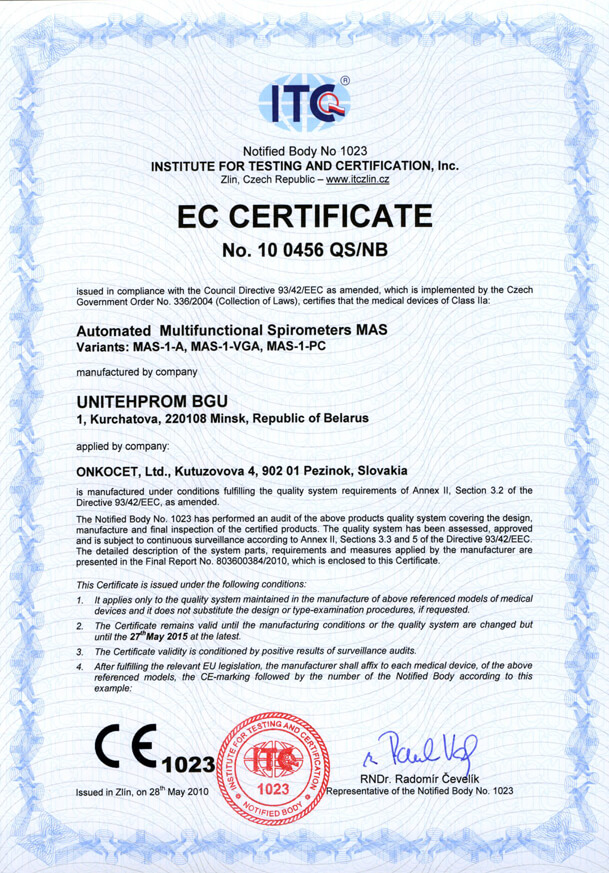 Our company has finished the certification process for another medical device, computerized spirometer MAS-1K with oximeter. You can find the device certificate here.
Our company has finished the certification process for another medical device, computerized spirometer MAS-1K with oximeter. You can find the device certificate here..jpg) Since May 2010 there is a new version of AMP device available.
Since May 2010 there is a new version of AMP device available.Follow this link if you want to see the pictures and specifications of the device.
http://www.onkocet.eu/en/produkty-detail/293/1/
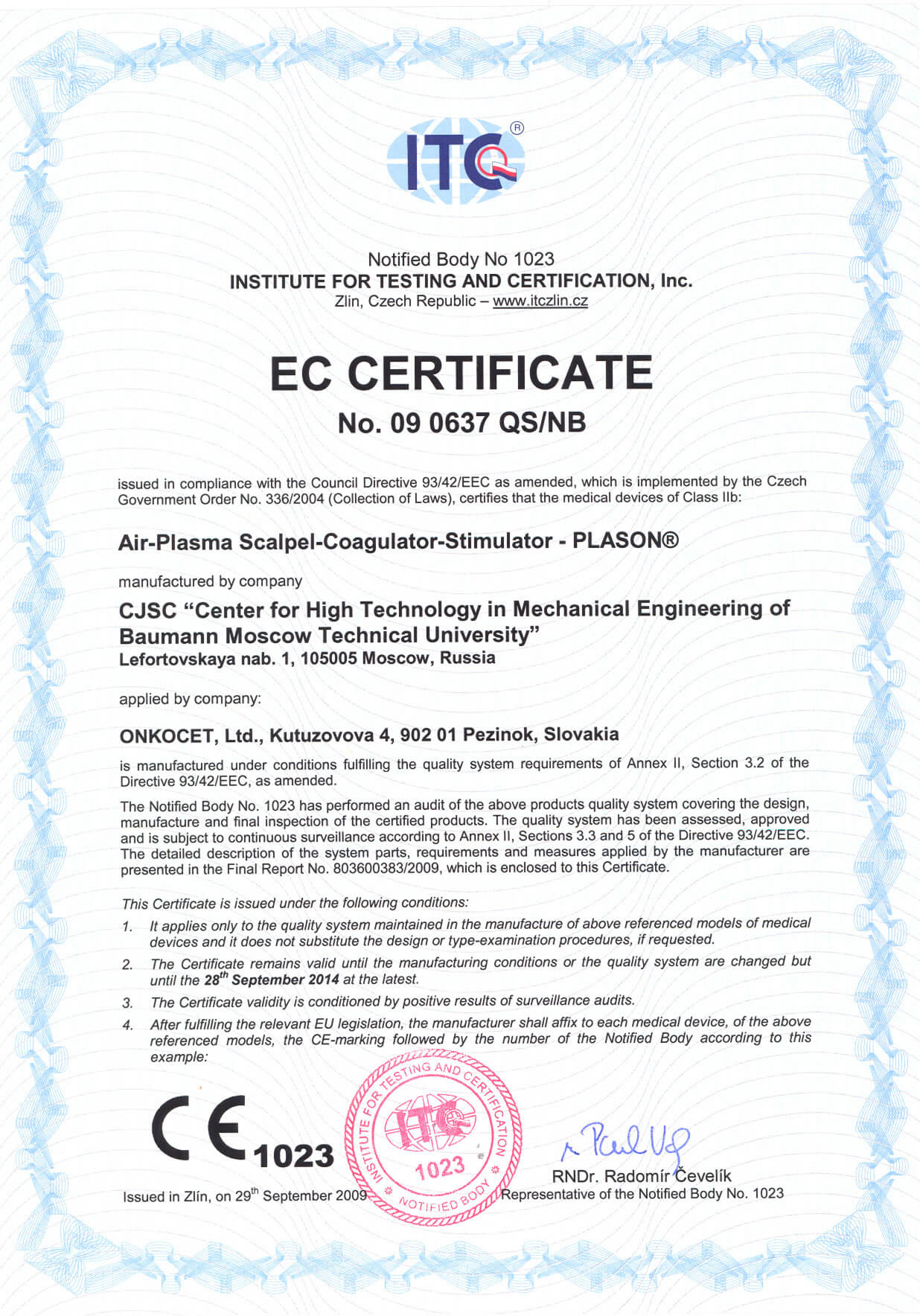 Dear partners,
Dear partners, In October 2009 we have received CE certificate for another device from our portfolio, NO therapeutical device PLASON. You can find more information about this revolutionary device, used for healing of unhealing wounds, diabetic foot, or for cosmetical purposes, at our webpage, section "Medical devices" -> PLASON-NO Therapy.
.gif)
Best regards
Team of ONKOCET Ltd. company
Theoretical basics
Theoretical basics of volumetric compression oscillography.
The oscillometric method, proposed in 1878 Mareyem, at present is used for measuring the arterial pressure in man on the basis of different systematic and apparatus solutions. As a result of development and improvement of the oscillometric method of measuring the arterial pressure N.N. Savitski, and then the association of Russian scientists under the management of Degtarev V.A., obtained the new method of registering the volumetric arterial oscillograms, which reflects the true processes, proceeding in the arterial vessel under the superimposed to the extremity sleeve, with the subsequent estimation it is more than 20 indices of hemodynamics. In the basis of method VCO is assumed the method of determining the dynamic change in the volume main arterial of the vessel being investigated, which is achieved by an original measuring system. This makes it possible with the high degree of authenticity to determine by calculation a whole series of the parameters of heart activity and indices of the state of vascular channel. The method of determining the indices AD via volumetric compression oscillometry of high resolution includes the registration of pulse curved blood vessels in the process of changing the pressure in the measuring sleeve, with the subsequent electrical and graphic transformation of the fluctuations of the volume of air in it. The improvement of method made it possible to record and to write the unchanged (true) curve of the fluctuations of AD in the vessel under the sleeve taking into account all components of its frequencies (from 0 Hz to 50 Hz) so that the curve proved to be practically i dentical record with straight manometry, which determines large value and significance of method (Fig.4).
Figure 4. Curves of the registration of the arterial pressure:
a) by the method of straight manometry
b) by the method of volumetric compression oscillometry of high resolution
Fig. 5 schematically depicts the formation of the oscillometric curve of arterial vessel with the pressure buildup in the sleeve with the subsequent change in the volume of the measured vessel. In consequence of which the amplitude of the pulse waves of the curves of pressure in the oscillometric curve is proportional to the cross-sectional area of vessel. As can be seen from the represented figure, the initial (diastolic) part of the volumetric compression oscillogram in proportion to pressure buildup in the sleeve displaces downward. Initially in the process of pressure buildup in the sleeve they record the graph of linear magnification in the pressure and venous- arterial oscillometric curve, then - curve of arterial pulse. At the point of the beginning of the withdrawal of curve downward the pressure in the constricting sleeve is equalized with the diastolic arterial pressure (DAD) in the vessel and in the course of time exceeds it to ever larger value, decreasing with each heart contraction the inside diameter of artery into the diastole.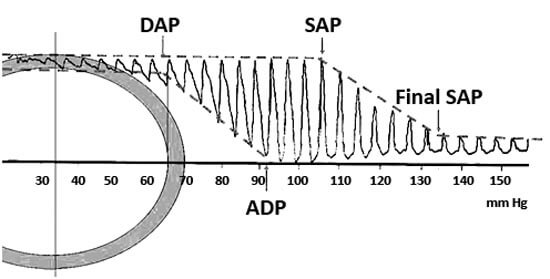
Figure 5. The diagrammatic representation of standard volumetric compression oscillogram.
DAP - diastolic atrerial pressure, ADP - average diastolic pressure, SAP - systolic arterial pressure.

